Hi there, pet lovers! 🦎
If you’re searching for a reptile pet that’s both fascinating and manageable, the Pink Tongue Skink might just be the perfect choice. These underrated lizards are gaining popularity among reptile enthusiasts for their striking appearance, calm temperament, and relatively straightforward care requirements. In this comprehensive review, we’ll explore everything you need to know about Pink Tongue Skinks, from their personality and care needs to their availability and cost. Whether you’re a seasoned reptile keeper or a beginner, this guide will help you decide if a Pink Tongue Skink is the right addition to your home.
Overview
Pink Tongue Skinks (Cyclodomorphus gerrardii) are medium-sized, semi-arboreal lizards native to Australia. Known for their distinctive pink tongues and curious personalities, these skinks are a joy to keep for reptile enthusiasts of all experience levels. Here’s a quick summary of what makes them stand out:
- Handling and Temperament: Calm, docile, and easy to handle.
- Care and Maintenance: Moderate care requirements with a focus on humidity and climbing space.
- Health and Durability: Hardy and long-lived with proper care.
- Availability: Less common than other skinks but increasingly available through breeders.
- Cost: Moderate initial investment, with reasonable ongoing care costs.
Overall: A fantastic pet for those looking for a unique, interactive, and manageable reptile.
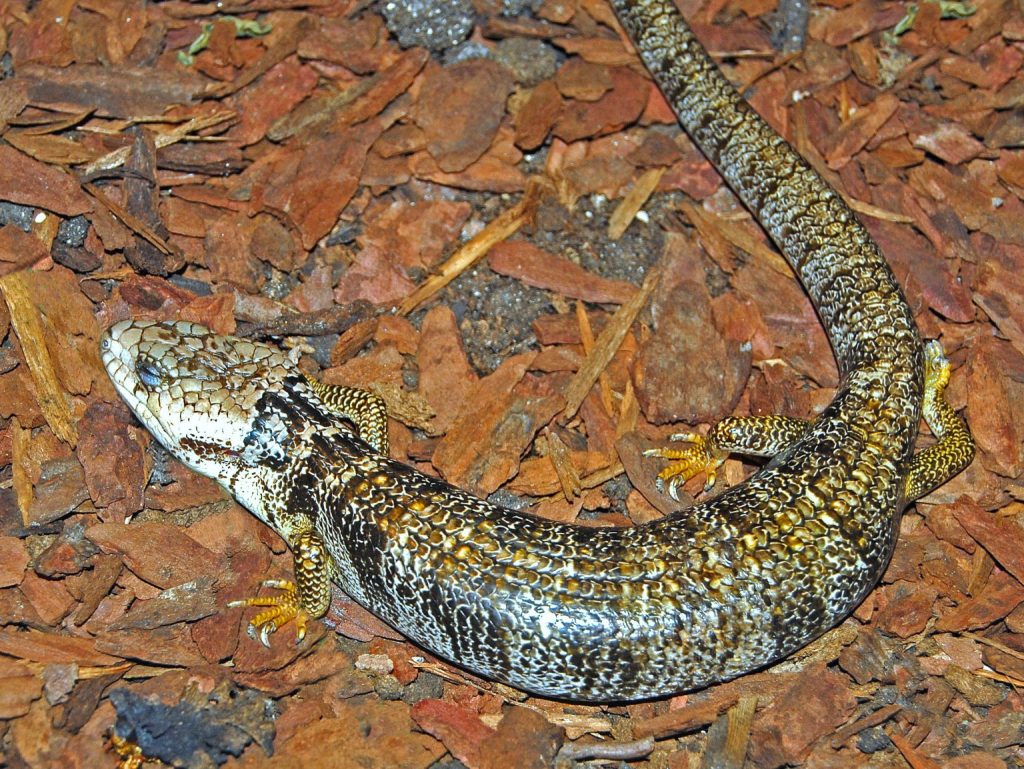
Why Choose a Pink Tongue Skink?
Pink Tongue Skinks are ideal for reptile lovers who want a pet that’s both engaging and relatively low-maintenance. Their calm demeanor, manageable size, and unique appearance make them a standout choice. Unlike some reptiles, they tolerate handling well and are known for their inquisitive nature. With a lifespan of 15-20 years, they’re a long-term commitment but one that’s incredibly rewarding for dedicated keepers.
Handling and Temperament
Pink Tongue Skinks are renowned for their calm and docile temperament, making them one of the easiest reptiles to handle. They are generally relaxed and tolerate human interaction well, though they may need some time to adjust to being handled regularly.
Personality Variations
- Some individuals are more curious and active, while others are laid-back and content to explore at their own pace.
- Juveniles may be slightly more skittish but often grow into calm adults with regular handling.
Handling Tips
- Always support their body fully when handling, as they are semi-arboreal and enjoy climbing.
- Avoid grabbing them by the tail, as they can drop it (though this is rare).
- Handle them gently and avoid sudden movements to prevent stress.
Biting
Pink Tongue Skinks rarely bite, and if they do, it’s usually a gentle nip. Their bites are not painful or dangerous, making them safe for most handlers, including older children.
Overall, their calm nature and manageable size make them a joy to interact with, whether you’re a beginner or an experienced reptile keeper.
Care and Maintenance
While Pink Tongue Skinks are relatively easy to care for, they do have specific requirements that need to be met to ensure their health and happiness.
Enclosure Setup
- Size: A 40-50 gallon enclosure is ideal for one adult. Larger enclosures are always better, especially if you want to provide ample climbing space.
- Climbing Space: Being semi-arboreal, they need plenty of vertical space with branches, vines, and cork rounds for climbing.
- Substrate: Use moisture-retaining substrates like cypress mulch or coconut coir to maintain humidity.
- Hiding Spots: Provide multiple hides and climbing structures to make them feel secure.
Humidity and Temperature
- Humidity: Maintain moderate to high humidity levels (60-80%). Mist the enclosure daily and provide a water bowl.
- Temperature: Keep the enclosure between 75-85°F, with a basking spot of around 90°F. Avoid overheating, as they prefer cooler environments compared to other reptiles.
Feeding
- Diet: Pink Tongue Skinks are omnivorous and enjoy a varied diet. Their favorite foods include snails, insects (like crickets and dubia roaches), and soft fruits (such as bananas and papayas).
- Supplements: Dust their food with calcium and vitamin D3 supplements a few times a week to prevent nutritional deficiencies.
- Feeding Schedule: Feed adults 2-3 times a week, adjusting portion sizes based on their appetite.
Lighting
While Pink Tongue Skinks can survive without UVB lighting if their diet is properly supplemented, providing low-level UVB is highly recommended. It supports their overall health and helps prevent metabolic bone disease.
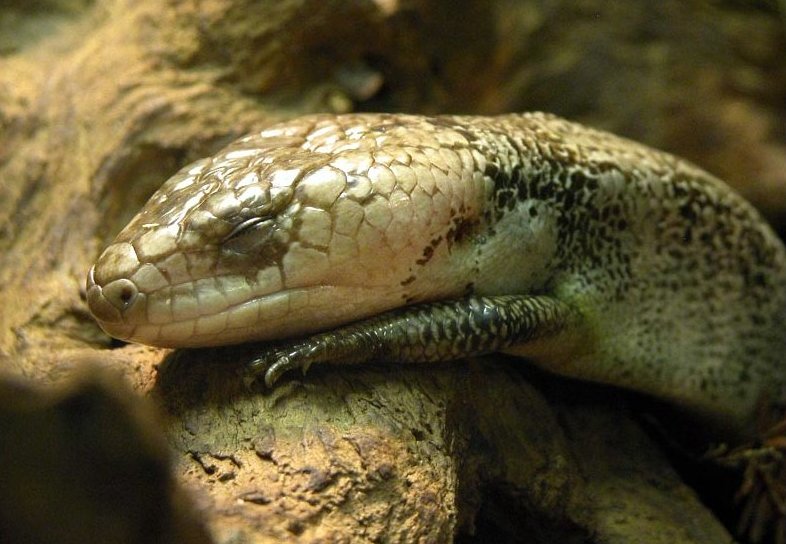
Health and Durability
Pink Tongue Skinks are generally hardy and long-lived, with a lifespan of 15-20 years in captivity. However, they can be sensitive to environmental changes, so proper care is essential.
Common Health Issues
- Respiratory Infections: Caused by improper humidity or temperature levels.
- Dehydration: Occurs if humidity is too low or if they don’t have access to clean water.
- Nutritional Deficiencies: Can arise from an imbalanced diet or lack of supplements.
Preventative Care
- Maintain proper humidity and temperature levels.
- Provide a varied and balanced diet with regular supplements.
- Handle them gently to avoid stress or injury.
With proper care, Pink Tongue Skinks are robust and can thrive for many years, making them a rewarding long-term companion.
Availability and Cost
Pink Tongue Skinks are less common than other reptiles like Blue Tongue Skinks, but they are becoming more available through dedicated breeders.
Where to Buy
- Breeders: The best option, as they provide healthy, well-cared-for skinks.
- Reptile Expos: A great place to meet breeders and see the skinks in person.
- Pet Stores: Less common, but some specialty reptile stores may carry them.
Cost
- Skink Price: Typically ranges from $200 to $500, depending on age, color, and breeder.
- Setup Cost: Expect to spend $300 to $500 on an enclosure, lighting, substrate, and décor.
While the initial investment may be higher than some other reptiles, their unique qualities and manageable care requirements make them well worth the cost.
Pros and Cons
Pros
- Calm and easy to handle.
- Unique appearance with a distinctive pink tongue.
- Relatively low-maintenance compared to other reptiles.
- Long lifespan (15-20 years).
- Omnivorous diet makes feeding straightforward.
Cons
- Less common and may be harder to find.
- Requires moderate humidity and climbing space.
- Initial setup costs can be higher than some other reptiles.
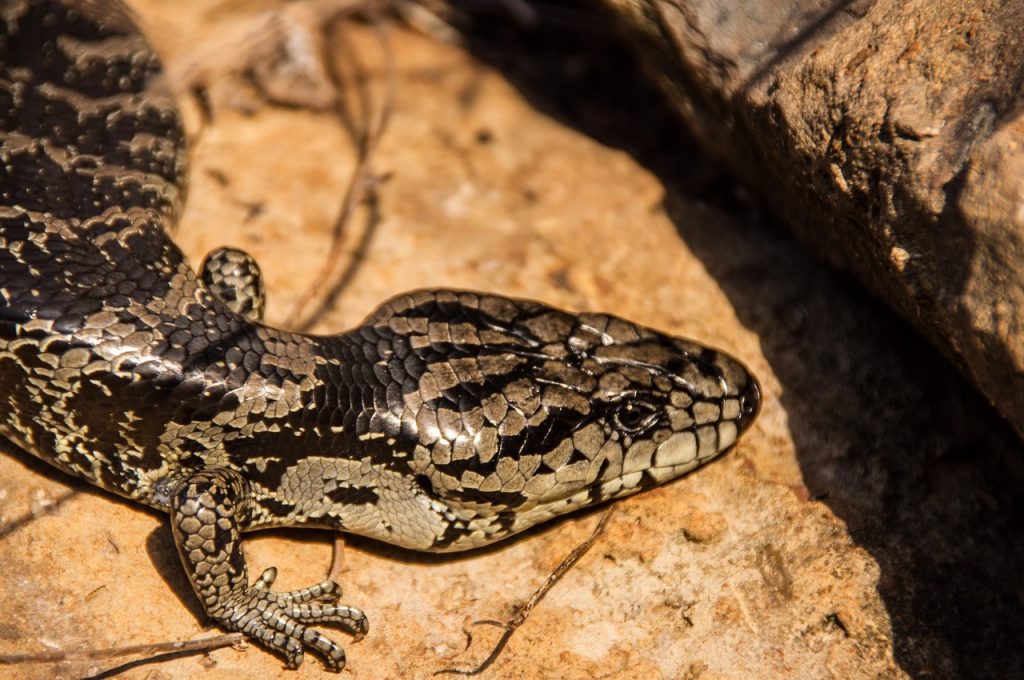
Final Thoughts
Pink Tongue Skinks are a fantastic choice for anyone looking for a unique, interactive, and manageable reptile pet. Their calm temperament, striking appearance, and relatively straightforward care requirements make them a joy to keep. While they may require a bit more effort in terms of humidity and diet compared to some beginner-friendly species, their charm and hardy nature more than make up for it.
If you’re ready to commit to their care and are looking for a reptile that stands out from the crowd, the Pink Tongue Skink might just be the perfect addition to your home.
Have you ever cared for one of these fascinating reptiles? Share your experiences and tips in the comments below!
For more reptile care tips and reviews, stay tuned to our blog and don’t forget to subscribe to our newsletter! 🦎

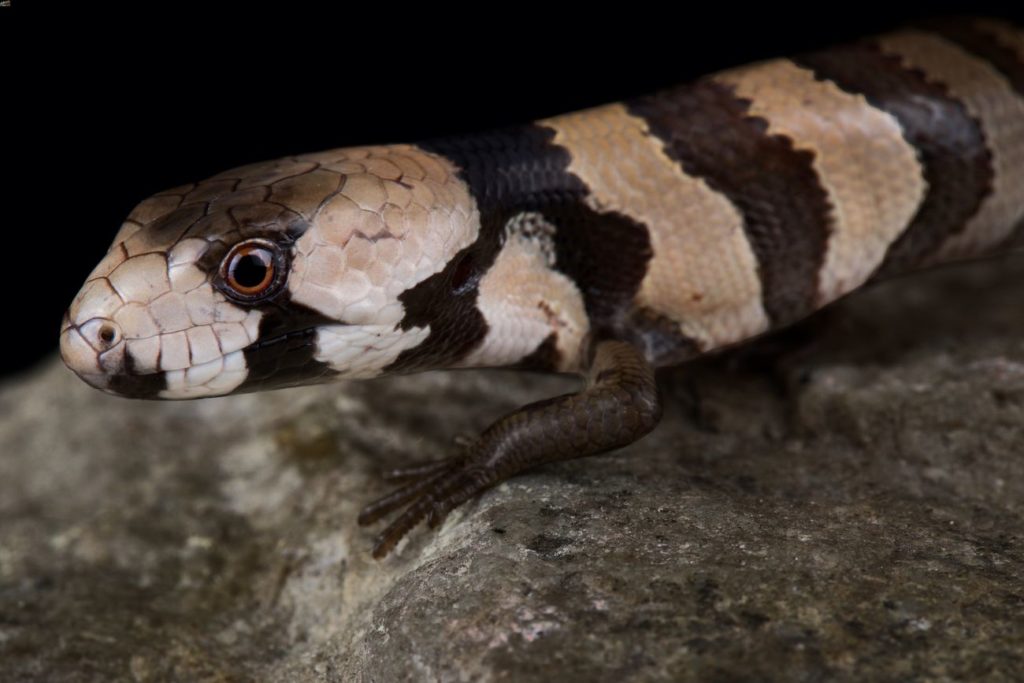

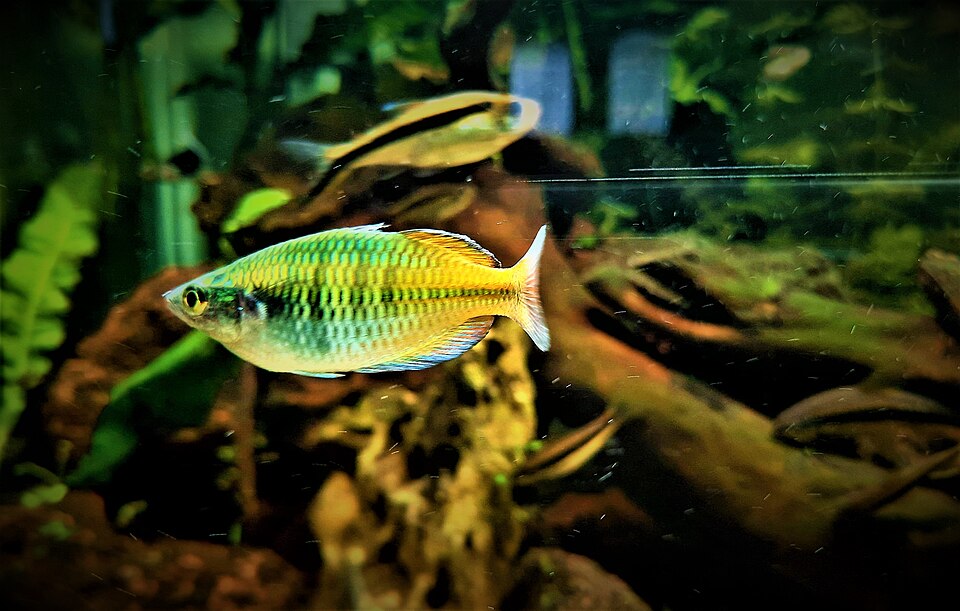
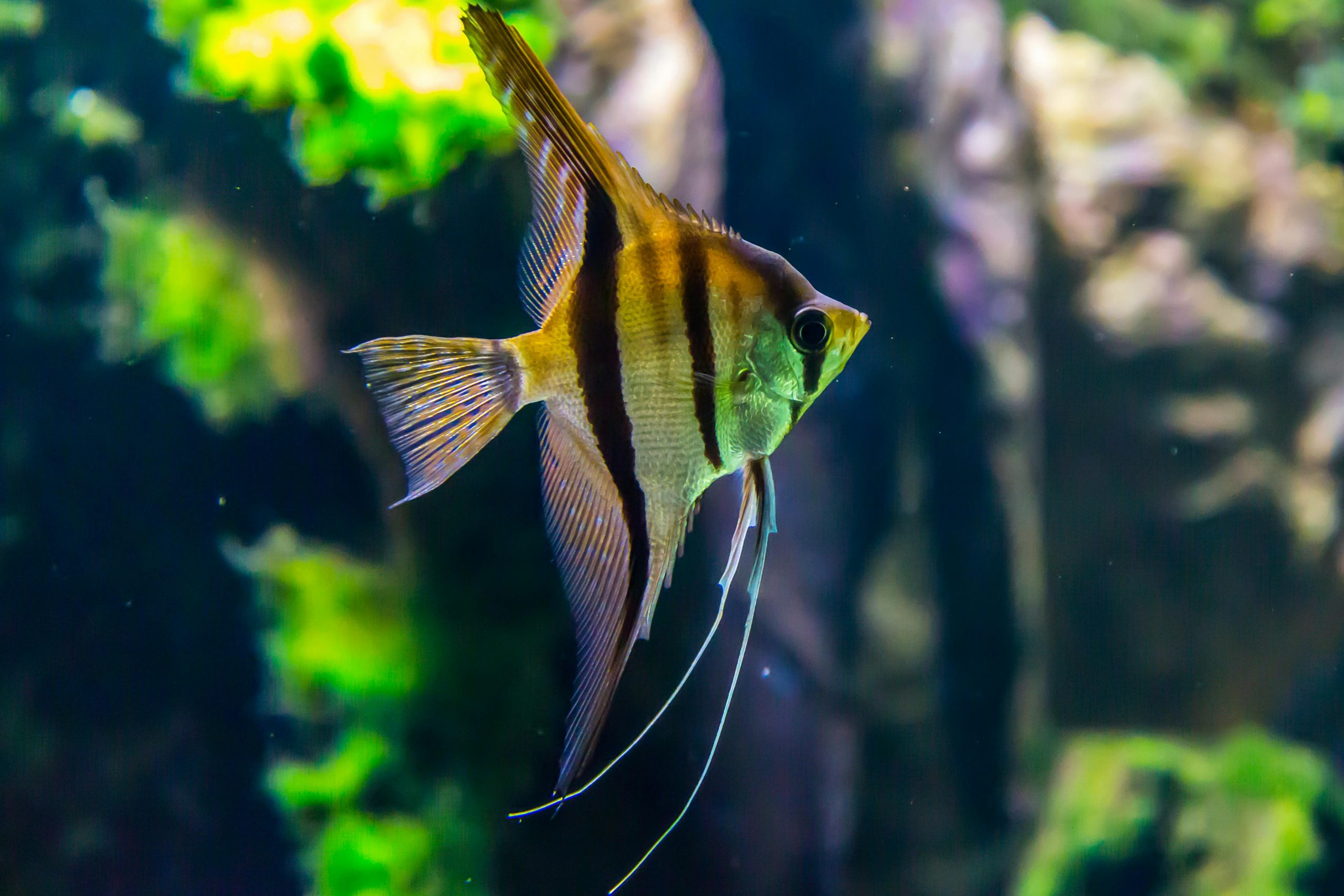
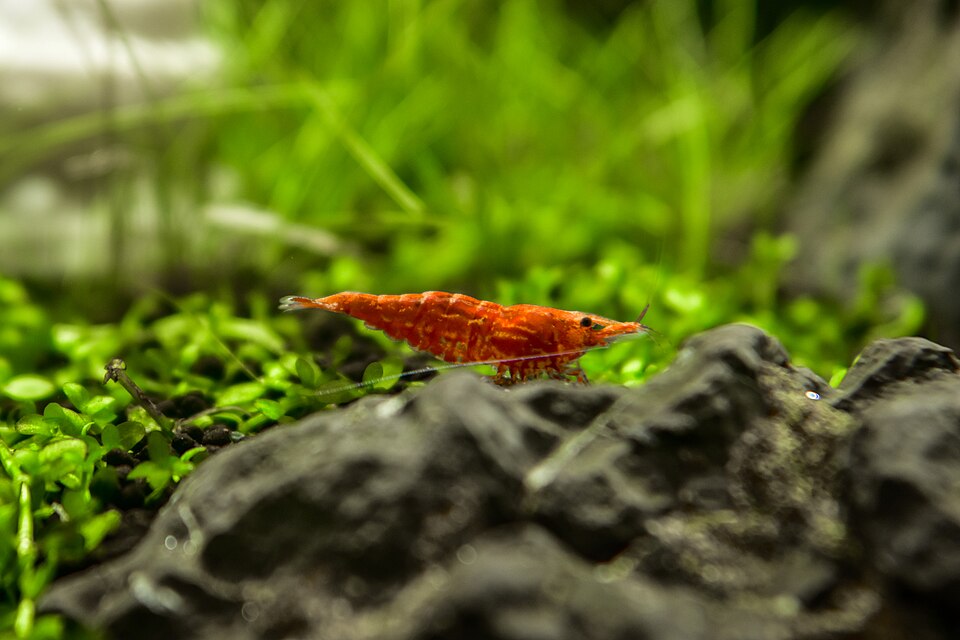

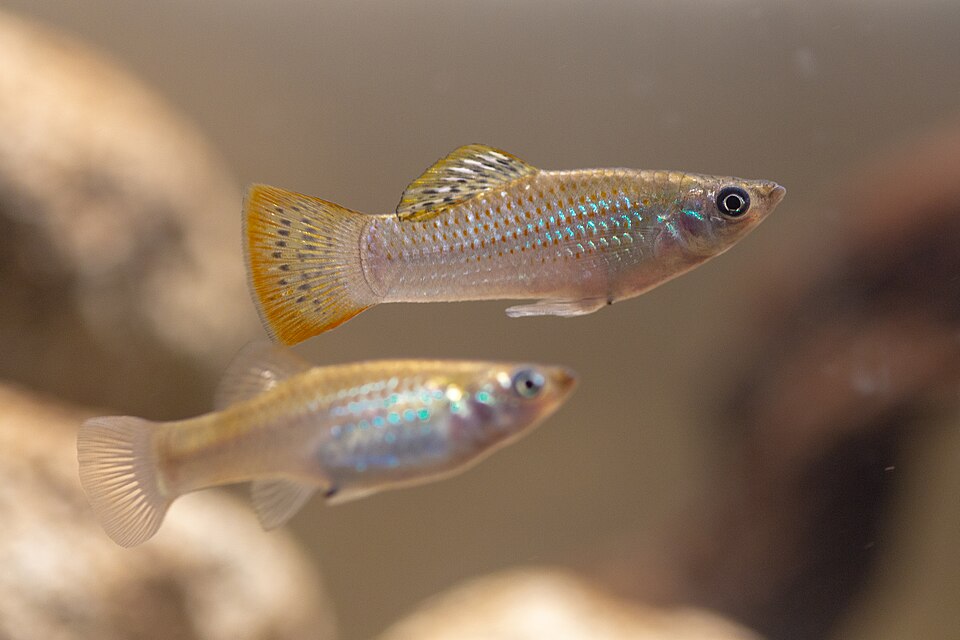
Leave a Reply